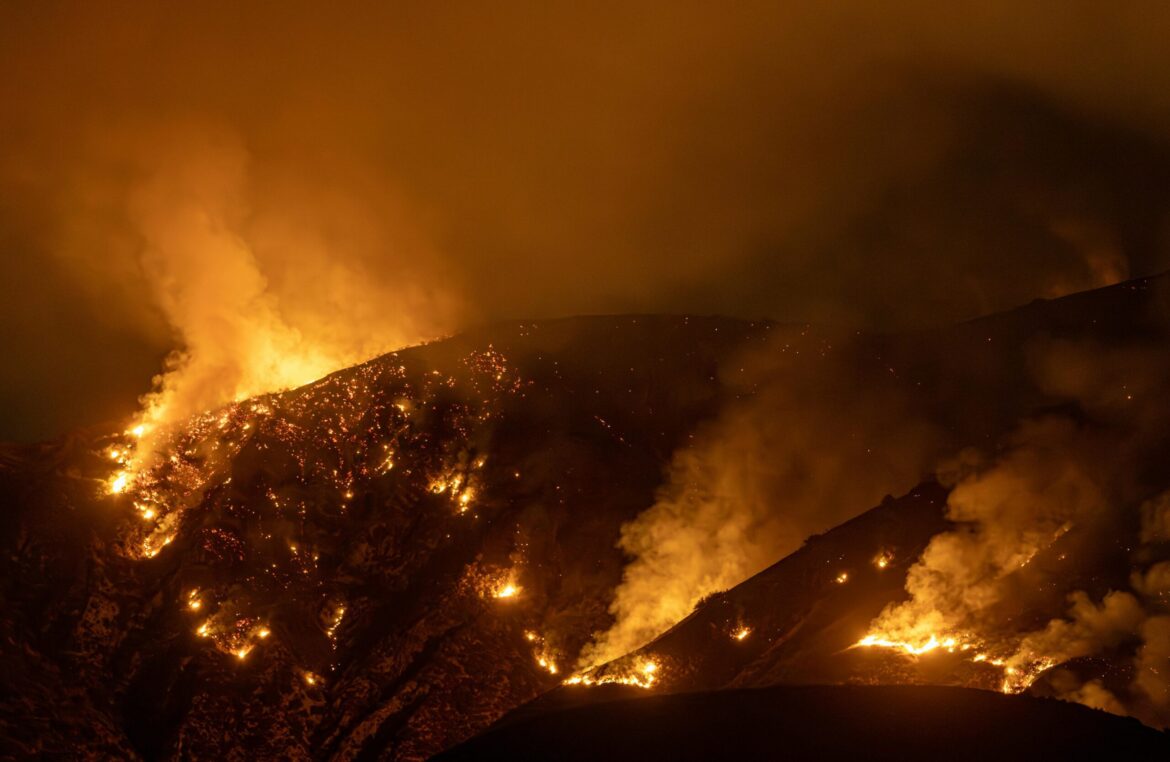Texas Declares State of Emergency Amidst Devastating Wildfires
On July 10, 2024, Texas Governor Greg Abbott proclaimed a state of emergency as the state grapples with one of the most catastrophic wildfire seasons recorded in its history. The wildfires have expanded dramatically, engulfing thousands of acres across Central and East Texas, and emergency responders are spread thin as they confront raging flames in multiple counties. Over 20,000 residents have been mandated to evacuate from their homes due to rapidly spreading fires, reflecting the severity of the situation at hand.
The Origin and Spread of the Wildfires
The wildfires commenced in late June, catalyzed by a combination of extreme temperatures and persistent drought conditions that have plagued Texas this summer. The relentless heat and lack of moisture have created an environment ripe for wildfires, leading to devastating consequences across the state. As of the latest reports, over 100,000 acres have been scorched, and the fires are only 40% contained. Emergency services, which include the National Guard and federal teams, report that the increased temperatures and shifting winds have greatly complicated containment efforts.
Impact on Communities and Casualties
The destruction wrought by the wildfires has particularly impacted communities within the Hill Country and Piney Woods regions. Local authorities indicate that entire neighborhoods have been obliterated. Tragically, there have been at least 12 confirmed fatalities, a number that may rise as search and rescue operations unfold in the most heavily affected areas. The Hawaiian response highlights the human and structural costs of the disaster, as thousands of homes and other structures are feared to be lost, leaving many residents without shelter.
Challenges Faced During Emergency Response
The raging wildfires have also placed immense pressure on Texas’s power grid, which is already strained during this unprecedented heatwave. As flames threaten infrastructure, power outages have become prevalent, creating additional hurdles for emergency response teams. Simultaneously, air quality in those regions has deteriorated, with thick smoke enveloping major cities such as Houston, San Antonio, and Austin, prompting health advisories from state officials concerning respiratory health as residents cope with the fallout from the blazes.
Community Resilience and Relief Efforts
The scale of displacement has overwhelmed local shelters, which struggle to accommodate the influx of evacuees. However, the spirit of community resilience shines through as volunteers from across Texas converge to support relief efforts. Temporary emergency shelters have been established, and essential supplies, such as food and medical assistance, are being distributed to those in need. The Texas Department of Public Safety (DPS) has urged residents residing in high-risk areas to evacuate immediately, emphasizing the urgency of the situation as conditions may worsen in the coming days.
Weather Forecast and Predictions
Meteorologists predict that the current heatwave will persist, with temperatures surpassing 105°F (40°C) in numerous locales. This continuing heat trend only intensifies the fire hazard, leading firefighting teams to work around the clock to protect critical infrastructure and contain the growing flames. The Texas Forest Service is focused on mitigating damage and facilitating emergency operations to manage the evolving crisis.
Calls for Federal Aid and Support
As Texas faces this overwhelming environmental catastrophe, many local and state officials are advocating for increased federal assistance and resources. In a responsive measure, the Biden administration has pledged support, activating FEMA disaster response teams and allocating grants to facilitate recovery efforts. The collective commitment to tackle this formidable disaster reflects Texas’s long-standing resilience and unity, as leaders express a strong determination to navigate this challenging landscape together.
Conclusion
In conclusion, the climate conditions and the devastating wildfires in Texas have created one of the most significant natural disasters the state has faced. The scale of destruction, loss of life, and the ongoing struggle to contain the fires highlights the necessity for cooperative efforts at local, state, and federal levels to address this crisis effectively. As the situation evolves, the resilience and solidarity of the Texas community will be crucial in overcoming this unprecedented challenge.
FAQs
What should residents do if they receive an evacuation order?
Residents under evacuation orders should leave their homes immediately, following designated evacuation routes, and seek shelter in safe areas. It is crucial to stay informed through local news and emergency services for real-time updates.
How can the public assist relief efforts?
People can contribute to relief efforts by donating to local charities, volunteering at shelters, or providing supplies such as food, water, and medical items. Coordination with official agencies is advised to ensure that donations meet immediate needs.
What safety precautions should be taken during wildfires?
Individuals in or near affected areas should avoid outdoor activities, stay indoors, and keep windows closed to minimize smoke inhalation. Wearing masks may also help protect against poor air quality.
Is there a timeline for when the fires might be contained?
While it is difficult to predict the precise timeline for containment due to changing weather conditions, firefighting efforts are ongoing, and local authorities will provide updates as they become available.
How can residents stay informed about the wildfire situation?
Residents can stay informed through official state and local news channels, emergency services announcements, and social media updates from credible sources related to the wildfires.

